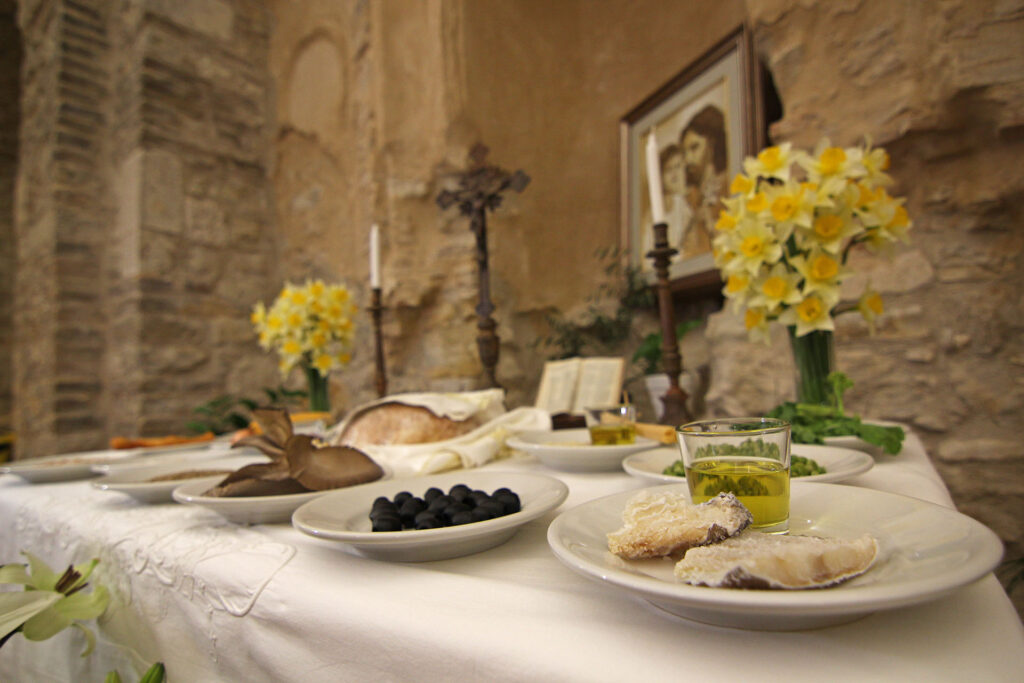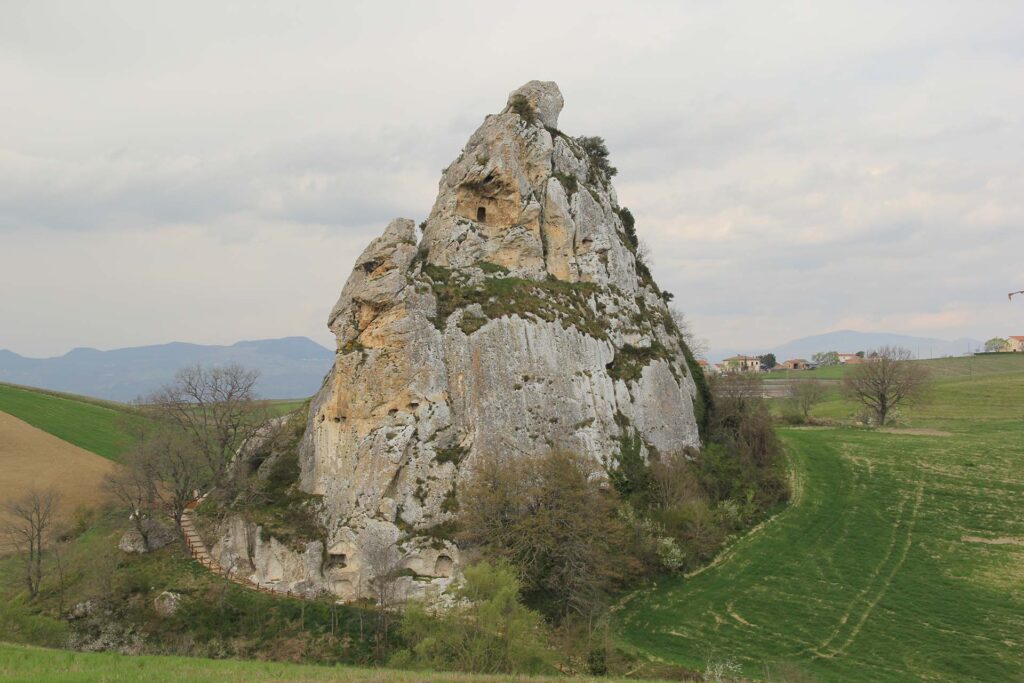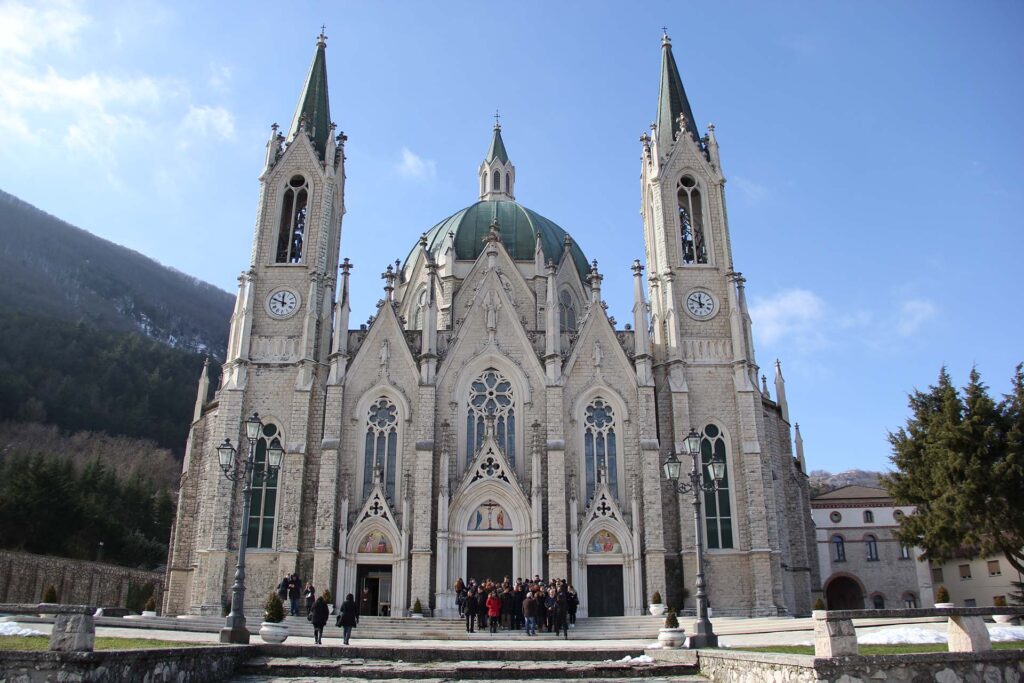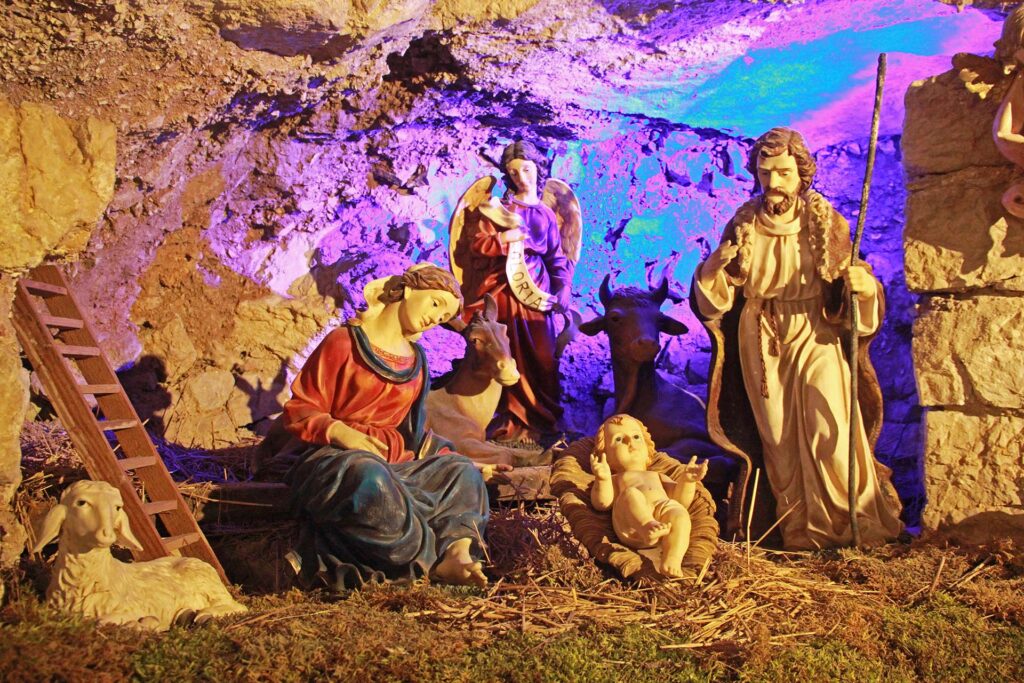Ten tips for experiencing the city of Campobasso
Campobasso, a provincial and regional capital that is sometimes mistreated but always leaves tourists amazed and happily surprised. A visit is a must to discover the entire region, its history, traditions and typical dishes.
Here then is a guide to the ten things you absolutely must not miss!
- Visit the historic center, or rather, the centers. Yes, Campobasso has two historic centers. One, the main one, developed on the hill dating back to the Longobard period and which, with the passage of time, reached as far as the lower part but always remaining within the defensive walls. The second, the Murattiano, came into being after the 1805 earthquake when Campobasso became the regional capital and, having to provide itself with new structures, was allowed to expand beyond the walls. Both are rich in style, with centuries-old churches and palaces through which to discover the town’s history. Above and below street level.
- The hill, called “Monforte” but actually called “St. Anthony,” with the castle, this one of the Monforte family, and the church of Santa Maria dei Monti dominating the town. From there, then, there is a 360-degree panorama of the entire region.
- Villa de Capoa: the last example of an Italian garden in southern Italy, born of the De Capoa Family’s desire for “green” and later donated to the city. Last example of nineteenth-century Campobasso, when it was called “Garden-City.”
- Traditions. There are three main ones, all close together. They begin in the Easter season with the Good Friday procession, with a choir of seven hundred singers intoning the heartbreaking “Teco vorrei” through the alleys of the old town. On May 31, on the other hand, at the end of the Marian month, theInfiorata, carpets of flowers made among the alleys of the old town on which only the procession with the statue of the Madonna dei Monti can pass over. Lastly, the Mysteries on Corpus Christi Day, structures designed by Campobasso genius Paolo Saverio Di Zinno and carried on the shoulders with flesh-and-blood characters representing religious Scenes. Saints, Angels and Devils will fly over your heads to the rhythm of music that will stay in your head.
- Crusaders and Trinitarians and the story of Campobasso’s “Romeo and Juliet.” In the 1500s two were the most powerful brotherhoods in the city, Crusaders and Trinitarians. It could not miss a love story starring Delicata Civerra, Crusader and Fonzo Mastrangelo, Trinitario. The story ended in tragedy, exactly like Shakespeare’s most famous. Fortunately, in 1587 peace between the brotherhoods occurred and “mixed” marriages could begin to take place.
- Wrought iron and perforated steel. Even while strolling through the historic center, one cannot fail to notice the finely crafted wrought iron and cast iron balcony railings. Campobasso was a center of excellence for metalworking. Numerous testimonies also remain, fortunately, in the lampposts, benches and gates, even peculiar ones such as those in Art Nouveau style. There is also fortunately no shortage of people still working with perforated steel, a craft that is disappearing but which brought great fame to Campobasso in centuries past and is still an art to be admired today.
- Giuseppe Altobello: conduit doctor, naturalist and dialect poet. He lived at the turn of the 20th century and was an excellent physician, among the most highly regarded in the region and beyond. But he was also a naturalist, credited with the discovery of the subspecies of the Apennine wolf and the Marsican brown bear. Finally, a dialect poet under the pseudonym Minghe Cunzulette.
- The Samnite Museum: the discovery of a place cannot fail to pass through its history. Campobasso is home to the Museo Sannitico, containing artifacts from the Bronze Age to the present day, not forgetting the Samnites, the proud and powerful population that faced invincible Rome for years.
- Gastronomy: pizza and soup (but it’s not a pizza), cavatelli with pork ragout, pizza from the two historic bakeries. Then sausages, pallotte cacio e uova, all the way to codfish. Dishes rich in substance for a journey between taste and smell.
- Hike to Monte Vairano in the Faiete forest. Shared with the municipalities of Busso and Baranello, it hides the millennia-old treasures of an ancient Samnite city that is said to have numbered more than 20000 people. A picnic area, the country house of Giuseppe Altobello and, at the highest point, the remains of a castle yet to be discovered.
Need more to make you want to take a walk to discover Campobasso?




